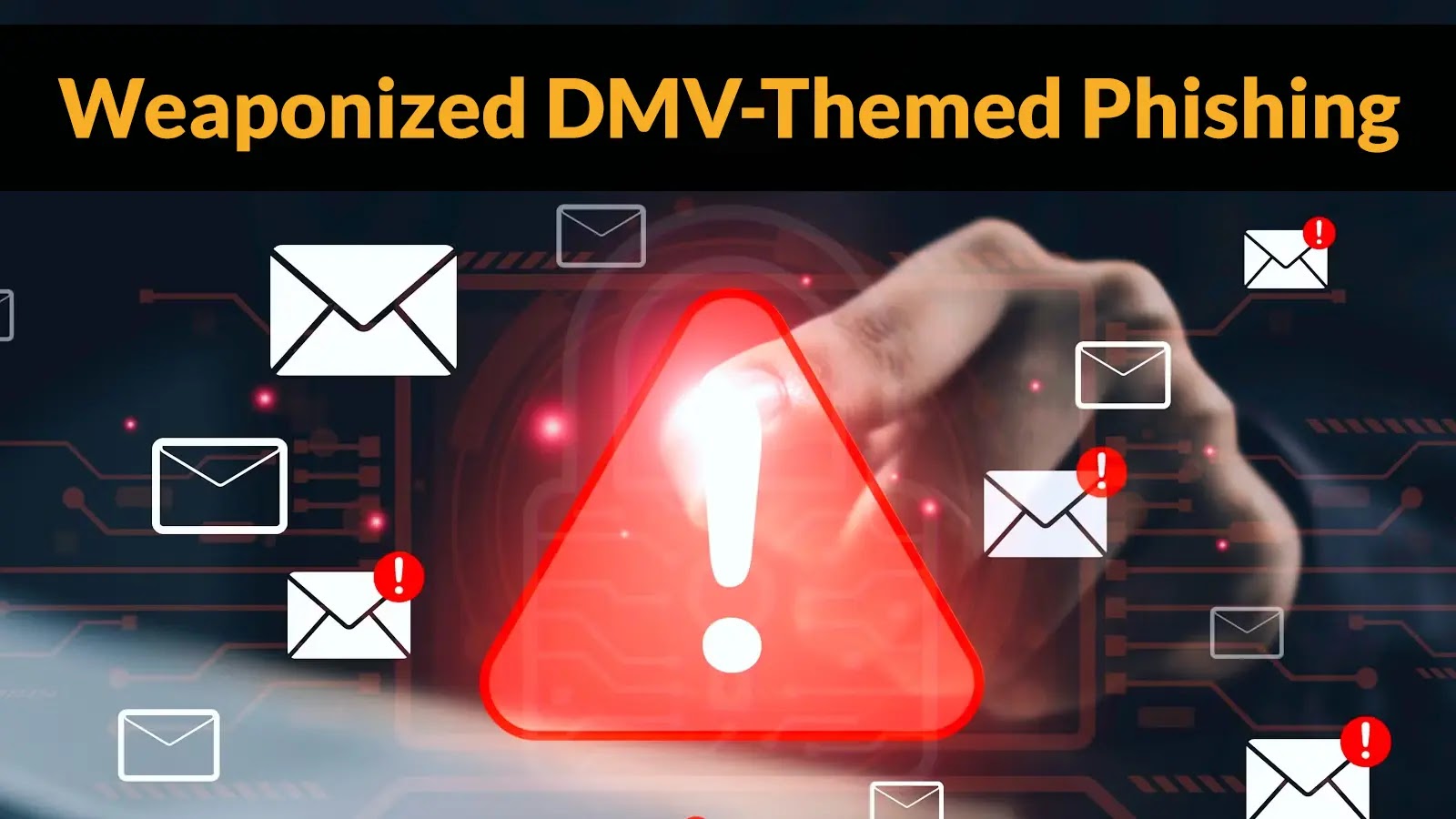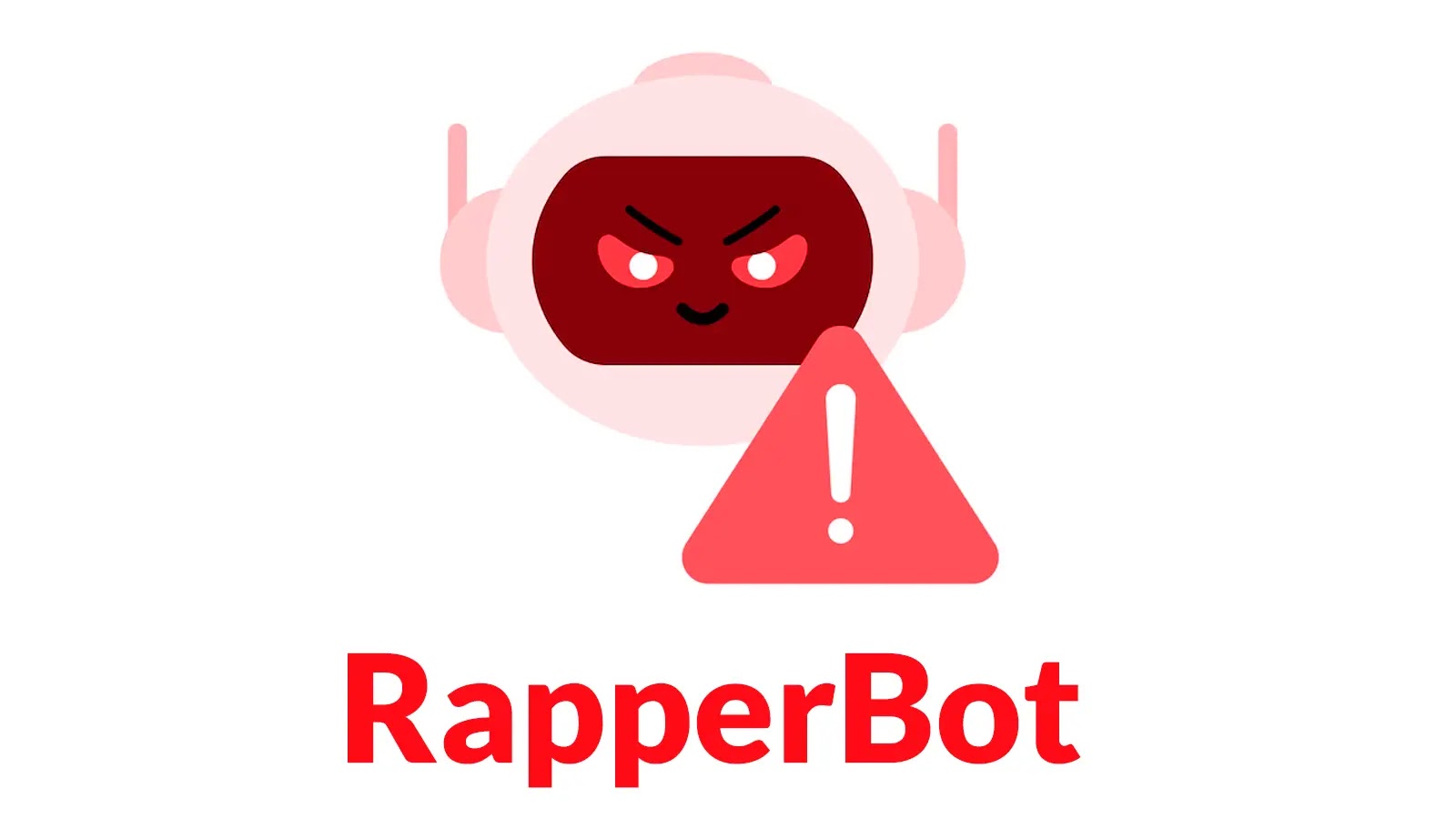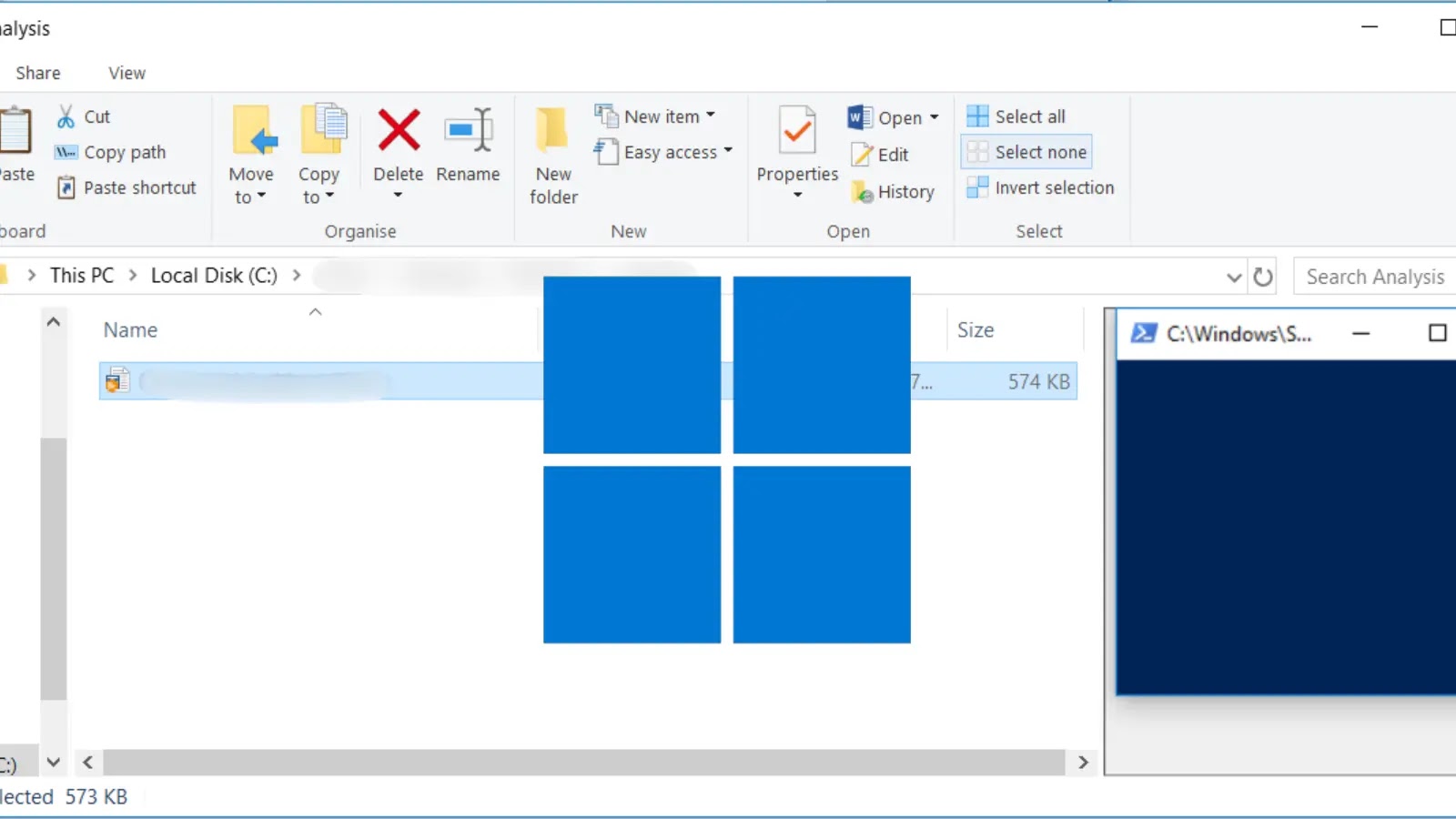A sophisticated phishing campaign has recently been identified, deploying the DeerStealer malware through malicious .LNK shortcut files. This method exploits legitimate Windows binaries, a tactic known as Living off the Land (LOLBin), to evade traditional security defenses.
Understanding the Attack Mechanism
The attack begins with a deceptive .LNK file named Report.lnk, which appears to be a standard PDF document. Upon execution, this file initiates a multi-stage process that leverages Microsoft’s HTML Application host utility, mshta.exe, to execute malicious scripts. This approach allows the malware to operate under the guise of legitimate system processes, making detection more challenging.
Detailed Execution Chain
The infection unfolds through a precise five-stage sequence:
1. .LNK File Execution: The user opens the Report.lnk file, unknowingly triggering the attack.
2. Mshta.exe Activation: The .LNK file invokes mshta.exe, a legitimate Windows component, to execute a malicious script.
3. Command Prompt Utilization: Mshta.exe launches cmd.exe, the Windows command prompt, to further the attack.
4. PowerShell Deployment: Cmd.exe runs a PowerShell script, which is heavily obfuscated to avoid detection.
5. DeerStealer Installation: The PowerShell script downloads and installs the DeerStealer malware onto the system.
This method exploits the trust placed in legitimate Windows utilities, allowing the malware to bypass many security measures.
Evasion Techniques and Obfuscation
To maintain stealth, the attack employs several advanced techniques:
– Dynamic Path Resolution: The malware dynamically determines the path to mshta.exe within the System32 directory, complicating detection efforts.
– Obfuscated Scripts: The scripts used are heavily obfuscated, often encoded in Base64, to conceal their true purpose.
– Disabling Logging: During execution, the malware disables logging and profiling features, reducing forensic visibility.
These strategies ensure that the malicious activities remain hidden until the final payload is executed.
Payload Delivery and Distraction Tactics
Once the initial stages are complete, the malware performs the following actions:
– Decoy Document: A legitimate PDF document is downloaded and opened in Adobe Acrobat to distract the user.
– Malware Installation: Simultaneously, the DeerStealer malware is silently installed in the AppData directory.
This dual-action approach diverts the user’s attention, allowing the malware to establish itself without immediate detection.
Indicators of Compromise
Security researchers have identified specific indicators associated with this campaign:
– Malicious Domain: tripplefury[.]com
– SHA256 Hashes:
– fd5a2f9eed065c5767d5323b8dd928ef8724ea2edeba3e4c83e211edf9ff0160
– 8f49254064d534459b7ec60bf4e21f75284fbabfaea511268c478e15f1ed0db9
These indicators can assist in identifying and mitigating infections related to this campaign.
Mitigation Strategies
To protect against such sophisticated attacks, consider implementing the following measures:
– User Education: Train users to recognize phishing attempts and avoid opening unexpected attachments.
– Endpoint Protection: Deploy advanced endpoint detection and response solutions capable of identifying and blocking malicious activities.
– Regular Updates: Ensure all systems and software are up-to-date with the latest security patches.
– Monitoring and Logging: Maintain comprehensive logging and monitoring to detect unusual behaviors promptly.
By adopting these strategies, organizations can enhance their defenses against evolving malware threats like DeerStealer.



